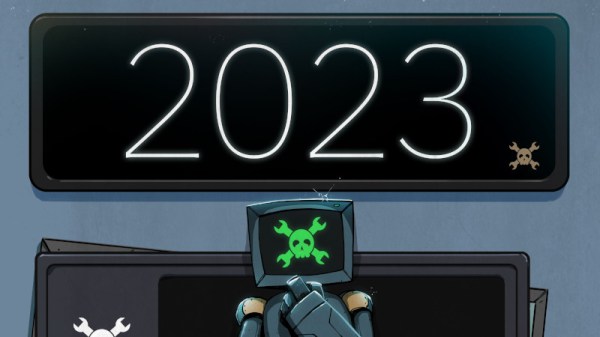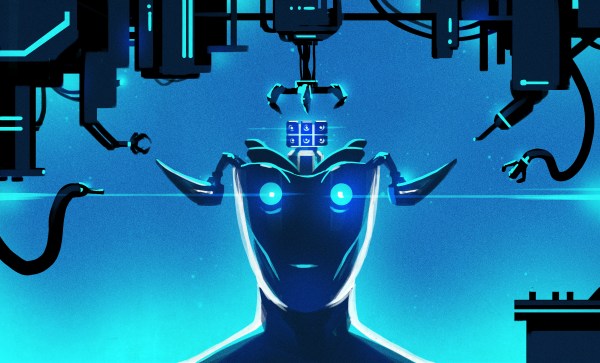The media got their collective knickers in a twist this week with the news that Wyoming is banning the sale of electric vehicles in the state. Headlines like that certainly raise eyebrows, which is the intention, of course, but even a quick glance at the proposed legislation might have revealed that the “ban” was nothing more than a non-binding resolution, making this little more than a political stunt. The bill, which would only “encourage” the phase-out of EV sales in the state by 2035, is essentially meaningless, especially since it died in committee before ever coming close to a vote. But it does present a somewhat lengthy list of the authors’ beefs with EVs, which mainly focus on the importance of the fossil fuel industry in Wyoming. It’s all pretty boneheaded, but then again, outright bans on ICE vehicle sales by some arbitrary and unrealistically soon deadline don’t seem too smart either. Couldn’t people just decide what car works best for them?
Speaking of which, a man in neighboring Colorado might have some buyer’s regret when he learned that it would take five days to fully charge his brand-new electric Hummer at home. Granted, he bought the biggest battery pack possible — 250 kWh — and is using a standard 120-volt wall outlet and the stock Hummer charging dongle, which adds one mile (1.6 km) to the vehicle’s range every hour. The owner doesn’t actually seem all that surprised by the results, nor does he seem particularly upset by it; he appears to know enough about the realities of EVs to recognize the need for a Level 2 charger. That entails extra expense, of course, both to procure the charger and to run the 240-volt circuit needed to power it, not to mention paying for the electricity. It’s a problem that will only get worse as more chargers are added to our creaky grid; we’re not sure what the solution is, but we’re pretty sure it’ll be found closer to the engineering end of the spectrum than the political end.



















